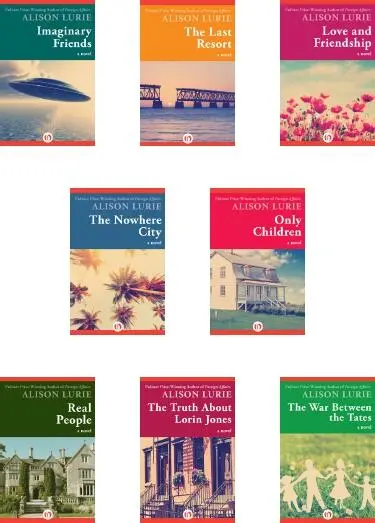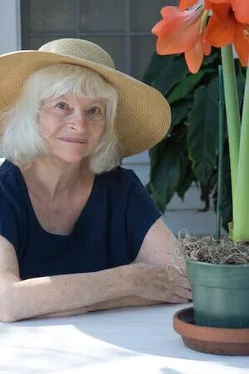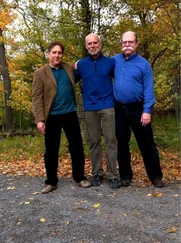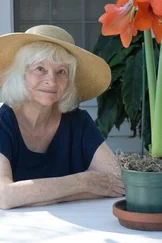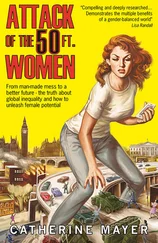It wouldn’t be all tropical flowers. She would be a middle-aged dropout like Mac, living a marginal life in a beach resort; she would probably never be well off or well known.
But no matter what happened afterward, I would be with him now, Polly thought, taking a great gasping breath of air as if she had just come up from underwater. I could write the book the way it ought to be. And I could start painting again if I wanted to. Even if it wasn’t any good at first, it might get better. As Mac said, you never know; I might strike it lucky one day. And if everything worked out — It was crazy even to think of it, probably, but if I really wanted to I could have another child.
Polly looked at her watch. Half-past five. It was fully dark out now, and would probably be dark in Key West too, though the sun set later there. Mac and his crew would have finished work, and he would have gone back to the room he was renting from friends.
Before she could lose her nerve, or change her mind again, she ran toward the kitchen. She stared at the harmless-looking wall telephone for a second, took a final deep breath, and picked up the receiver.
A Biography of Alison Lurie
Alison Lurie (b. 1926) is a Pulitzer Prize–winning author of fiction and nonfiction. Born in Chicago and raised in White Plains, New York, she grew up in a family of storytellers. Her father was a sociology professor and later the head of a social work agency; her mother was a former journalist. Lurie graduated from Radcliffe College, and in 1969 joined the English department at Cornell University, where she taught courses on children’s literature, among others.
Lurie’s first novel, Love and Friendship (1962), is a story of romance and deception among the faculty of a snowbound New England college. It won favorable reviews and established her as a keen observer of love in academia. Her next novel, The Nowhere City (1965), records the confused adventures of a young New England couple in Los Angeles among Hollywood starlets and Venice Beach hippies. She followed this with Imaginary Friends (1967), which focuses on a group of small-town spiritualists who believe they are in touch with extraterrestrial beings.
Her next novel, Real People (1969), led the New York Times to call her “one of our most talented and intelligent novelists.” The tale unfolds in a famous artists’ colony where much more than writing and painting occurs. Lurie then returned to an academic setting with her bestseller The War Between the Tates (1974), and drew on her own childhood in Only Children (1979). Four years later she published Foreign Affairs , her best-known novel, which traces the erotic entanglements of two American professors in England. It won the Pulitzer Prize in 1985.
The Truth About Lorin Jones (1988) follows a biographer around the United States as she searches for the real, and sometimes shocking, story of a famous woman painter —a character who appears as an eight-year-old in Only Children. The Last Resort (1999) takes place in Key West, Florida, among a group of ill-assorted characters, some of who appear in earlier Lurie novels. Truth and Consequences (2005) returns to an academic setting and plumbs the troubles of a professor with back trouble, his exhausted wife, and two poets — one famous and one not.
Lurie has also published a collection of semi-supernatural stories, Women and Ghosts (1994), and a memoir of the poet James Merrill, Familiar Spirits (2001). Her interest in children’s literature inspired three collections of folktales, including Clever Gretchen (1980), which features little-known stories with strong female heroines. She has published two nonfiction books on children’s literature, as well: Don’t Tell the Grown-ups (1990) and Boys and Girls Forever (2003). In the lavishly illustrated The Language of Clothes (1981), she offers a lighthearted study of the semiotics of dress.
Lurie officially retired from Cornell in 1998, but continues to teach and write. In 2012 she was named to a two-year term as the official New York State Author. She lives in Ithaca, New York, and is married to the writer Edward Hower. She has three grown sons and three grandchildren.
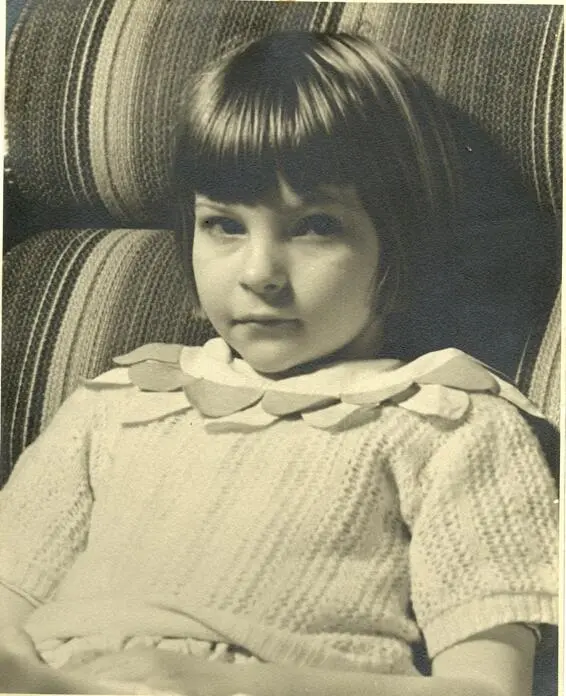
Lurie at age seven.
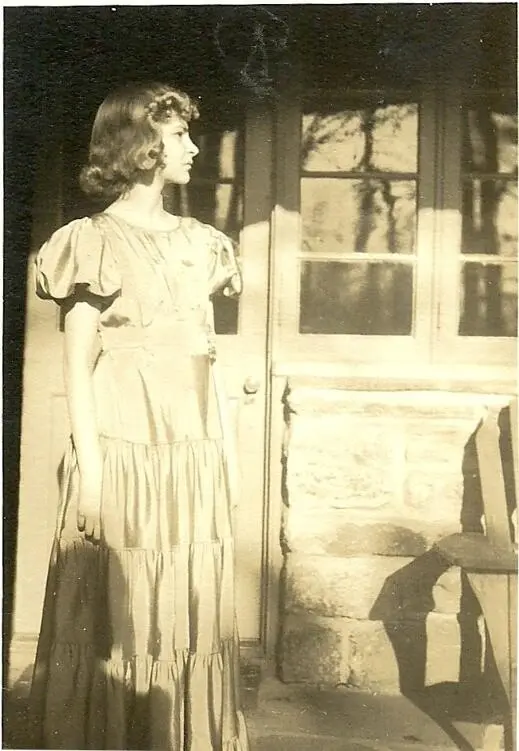
Lurie at age fourteen, wearing her first long party dress in preparation for dancing school.
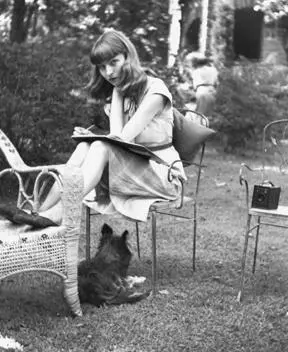
Lurie and her dog, Sliver, in the backyard of her family’s home in White Plains, New York, in the summer of 1947. (Photo courtesy of Kroch Library.)
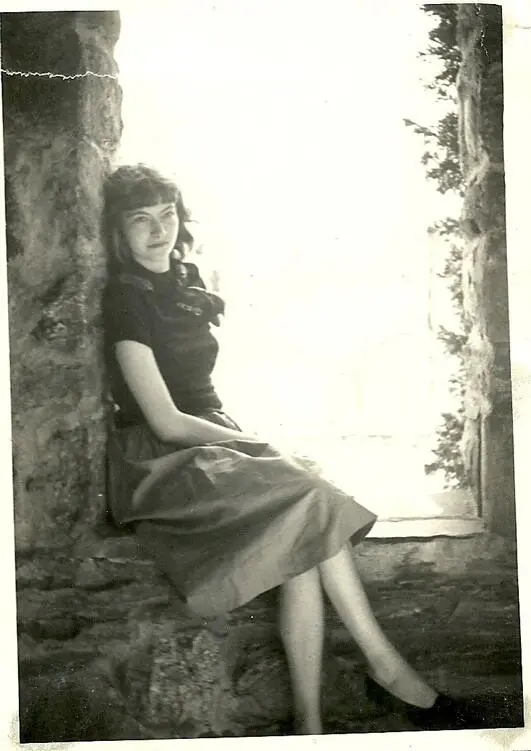
Lurie on the porch of her parents’ home in White Plains, New York, in the early spring of 1947.
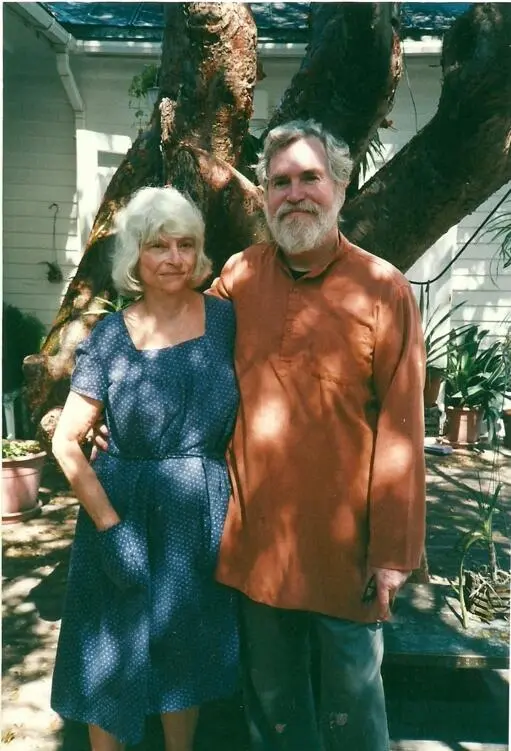
Lurie with her husband, Edward Hower, in Key West, Florida, in 2008.
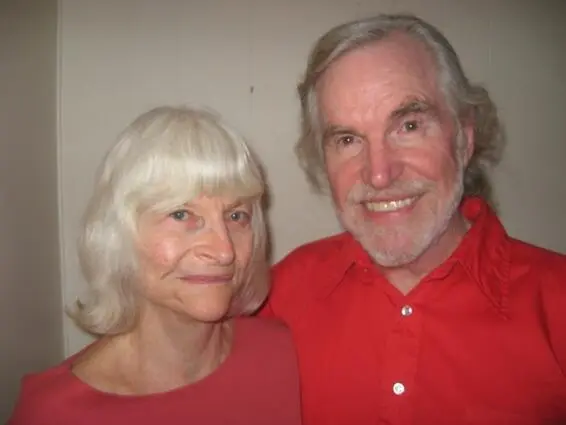
Lurie and Hower.

Lurie in 2009.
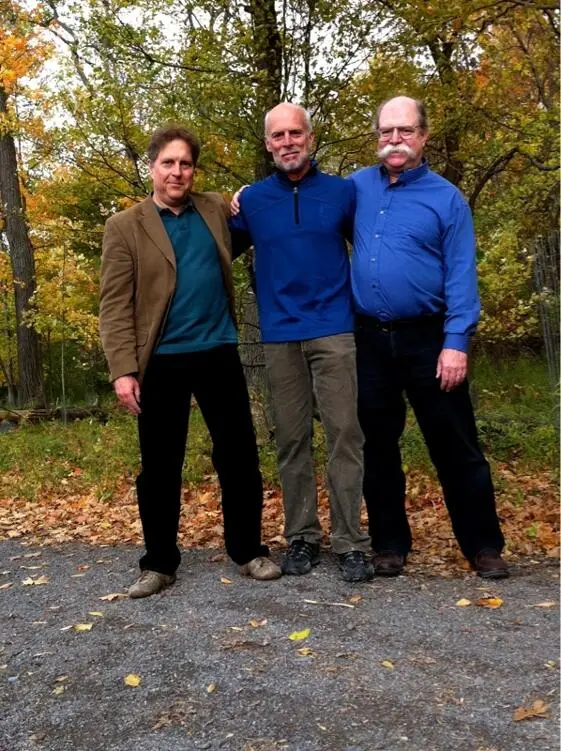
Lurie’s three sons, from left to right, John, Jeremy, and Joshua, in October 2011.

